Pros and cons of growing maize or alternative forages this season
The freezing spring and summer drought of 2018 were followed by images of unharvested maize, stranded in flooded fields at the back end of 2019.
Since then a winter of unrelenting storms has added to livestock farmers’ doubts on risking another maize crop.
Independent dairy and beef nutritionist Hefin Richards from Rumenation Nutrition Consultancy says 2019 was the worst maize harvesting season he has seen in 25 years.
See also: Why drilling maize deeper and later could be future trend
But he urges farmers to consider two guiding principles before opting for an alternative forage source and turning their backs on maize.
First, consider spreading the risk of another poor maize season by growing a wider variety of forage.
Second, always grow the forage you know you can grow best. If the farm is in a marginal maize growing area, it may be worth trying something else.
Sticking with maize
Conversely, on farms from the Midlands southwards, maize is still likely to be the number one performer so it might be better to hone the crop management and persist.
Look again at the crop to see if it can be grown with less risk. This may be on a reduced area by eliminating fields that perform consistently badly or by changing to a more suitable variety.
Good early vigour can help in areas with colder springs while early maturing varieties can allow a crop to be taken off before the autumn weather sets in.
It may be worth growing maize under plastic which can typically be harvested two to three weeks earlier.
Maize silage breakdown
- Potential yield: 35-50t/ha (freshweight)
- Dry matter: 30-35%
- Energy: 10.8-11.7MJ/kg DM ME
- Crude protein: 7-9%
Pros
- High energy complement to grass silage
- Good starch and digestible fibre
Cons
- High management input
- Risk of under-performance on marginal sites in difficult seasons.
Cost
- £356/ha (£144/acre) including seed, fertiliser and sprays.
Grass
If the farm grows grass well it is worth refining management to get more from it. Bad grass won’t make good silage so reseeding silage fields may be a good investment.
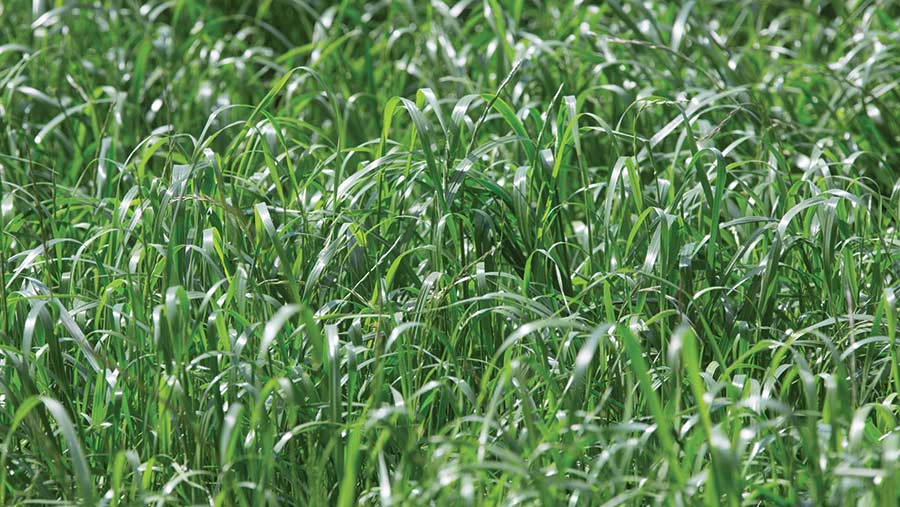
© Tim Scrivener
A new ley is an opportunity to address the P, K and pH of the soil and to tackle any compaction.
With carefully chosen seed mixtures, a grass sward on a multi-cut system can achieve high yields of a highly digestible, high protein crop.
This lends itself to creating an excellent ration with the energy from bought-in cereals to balance it up.
See also: 5-step guide to reducing silage losses
Grass silage breakdown
- Potential yield: 15-20t/ha (first cut freshweight)
- Dry matter: 23-35%
- Energy: 10-12 ME MJ/kg DM
- Crude protein: 12-20%
Pros
- Simple and well-practised management
- High protein, and high digestibility potential
Cons
- Multiple cuts increase harvest cost and requires weather windows of two to three days typically
Cost
- A one- to two-year ley costs £348/ha (£141/acre) in seed, fertiliser and sprays.
Wholecrop cereals
Wholecrop cereals are the obvious alternative for starch-based energy on poor maize sites. These can be less challenging to grow than maize with an earlier harvest date.
There is also a greater degree of flexibility on the harvest date which can be scheduled at various stages of crop maturity from fermented wholecrop at around 36-46% DM to alkali-preserved using urea-based preservatives at 70-80% DM.
Harvesters will need a bespoke, small-grain processor to harvest crops over 50% DM or poor grain utilisation will limit feed value and performance. Like maize, it is possible to vary energy-to-bulk by raising the cutter bar and reducing the plant stem harvested.
Wheat
Wheat – winter or spring-sown – generally gives a good DM yield with high energy, starch and fibre. Wheat grows well on a wide range of soil types but still requires careful management to achieve yields.
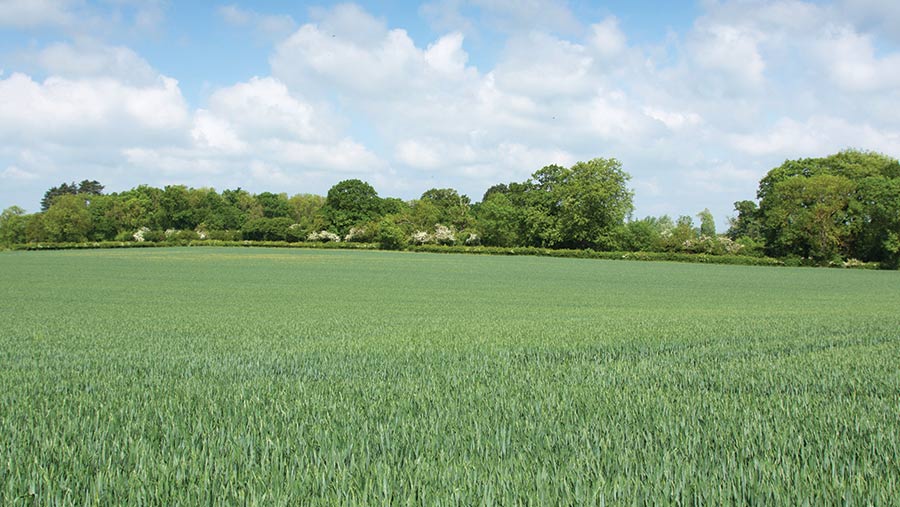
© Tim Scrivener
Attention must be paid to weed and fungal disease control with planned herbicide and fungicide programmes tailored to individual site conditions.
Fermented wholecrop wheat breakdown
- Potential yield: 25-35t/ha at 40% DM
- Dry matter: 35-80%
- Energy: 10.5-11/kg DM ME
- Crude protein: 7-9%
Pros
- Good source of energy, fibre and dry matter
- Earlier and more flexible harvest date than maize
Cons
- Requires a detailed agronomy programme
- Potentially high inputs
Cost
- Winter wheat: £529/ha (£214/acre). Spring wheat: £394/ha (£236/acre).
Barley
As with wholecrop wheat, spring- or winter-sown barley can add good levels of energy, starch and fibre to a ration.
But average DM yields are generally not as high as wholecrop wheats, particularly in spring-sown crops.
Achieving yield potential, depends on a detailed agronomy plan for weeds, fungal disease and a propensity to lodge on some sites. Most soil types are acceptable with higher pH, chalk and limestones best suited.
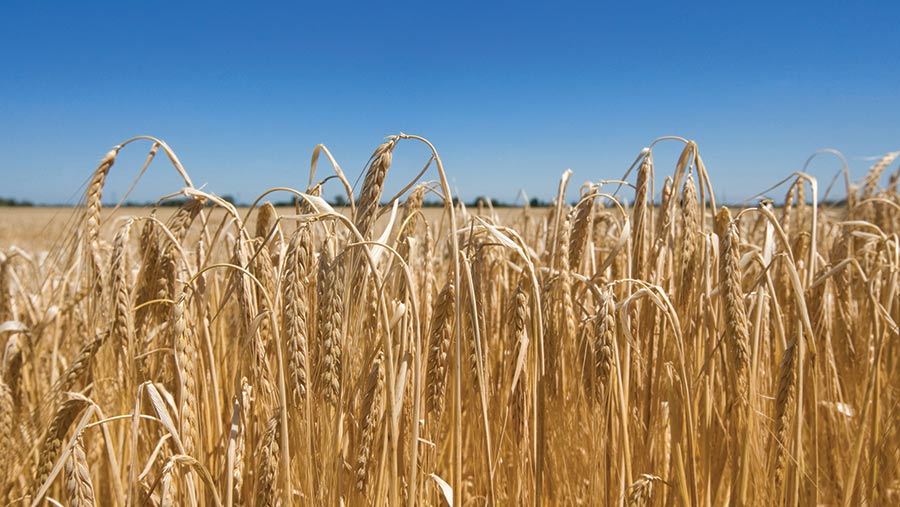
© Tim Scrivener
Spring barley fermented wholecrop breakdown
- Potential yield: 20-30t/ha 40% DM
- Dry matter: 35-45% (Fermented)
- Energy: 10.5-11MJ/kg DM ME
- Crude protein: 7-9%
Pros
- Source of energy and fibre
- Flexible harvest compared to maize
Cons
- Short optimal harvest window in hot summer weather
Cost
- £434/ha (£176/acre)
Triticale
Triticale is a wheat/rye cross to combine yield and disease resistance. The inherent resistance makes it a more suitable option than cereals in marginal growing areas. It also means a simpler agronomy programme with less need for fungicides.
Dwarf varieties are popular as a viable alternative to barley. The crop can be harvested in August. However, timing is critical, as with barley, due to the crop’s tougher husk.
The husk can turn very quickly as the crop matures so even a few days of heat can send it over and seriously limit the feed value.
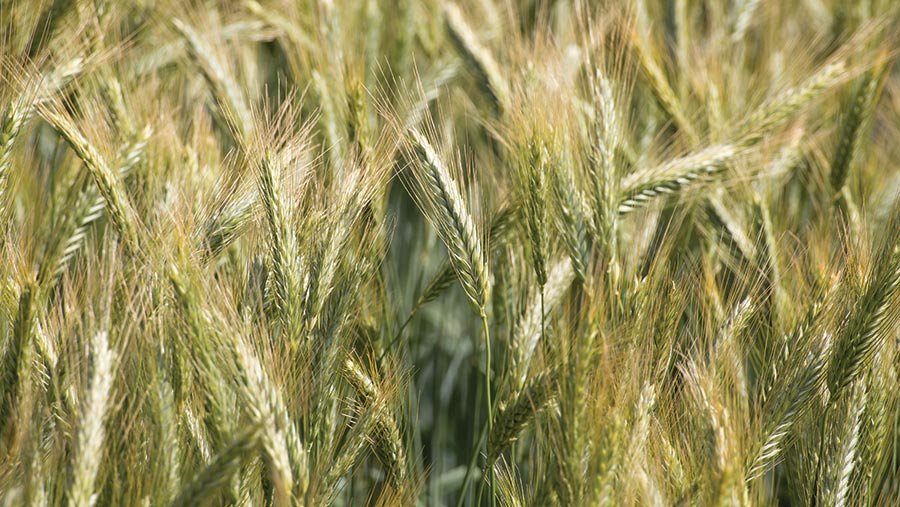
© Tim Scrivener
Wholecrop triticale breakdown
- Potential yield: 25-35t/ha at 40% DM
- Dry matter: 40-45%%
- Energy: 10.3-11MJ/kg DM ME
- Crude protein: 8-10%
Pros
- Good disease resistance
- Lower inputs
- Potential for use on more marginal sites
Cons
- Harvest timing can be critical
Cost
- £291/ha (£118/acre)
Lucerne
Lucerne can provide a good alternative forage source and reduces fertiliser inputs by fixing up to 250kg/ha a year of nitrogen.
Resistance to certain fungal diseases also reduces the need for treatment. Its deep root makes it suited to drought-prone sites and gives the plant a stronger stand under heavy downpours.
Good vigour means it competes well with weeds once the crop grows away. But achieving that establishment can be tricky and yields may fail to meet expectations.
Being a high-protein, high-fibre forage, its benefits are generally as a complement, rather than a replacement for maize silage, however, it is being grown alongside reduced areas of maize by farmers looking to spread risk and increase home-grown protein production.
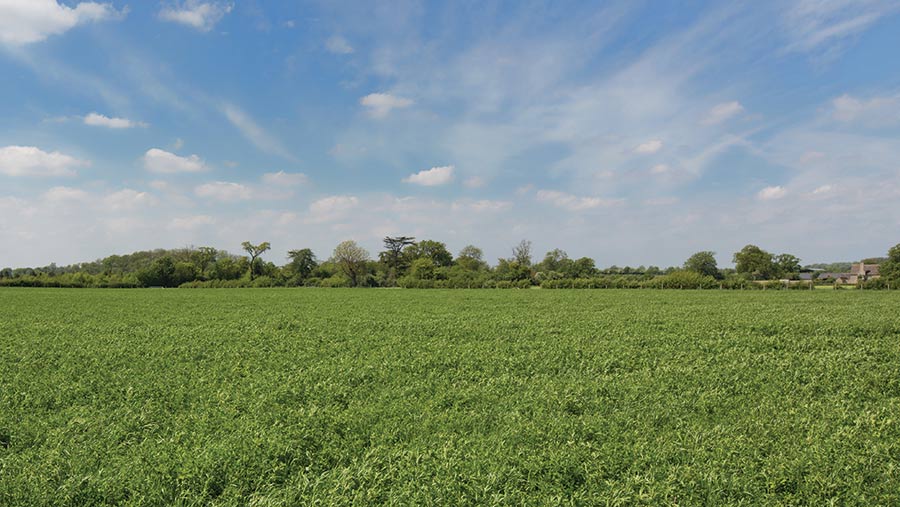
© Tim Scrivener
Lucerne silage breakdown
- Potential yield: 40t/ha (freshweight)
- Dry matter: 30%
- Energy: 10MJ/kg DM ME
- Crude protein: 180-220g/kg DM
Pros
- High protein
- Fixes nitrogen, reducing fertiliser requirement
- Resistant to certain fungal pathogens
- Drought resistant
Cons
- Tricky to manage
- Not a single solution to forage
Cost
- £278/ha (£113/acre)
All growing costs except for Lucerne were sourced from the John Nix Pocketbook. They include variable costs for seed, sprays and fertiliser. Lucerne costs were drawn from a 2019 Farmers Weekly article on growing the crop.
